Photography is teaching me to see our surroundings differently… enriching peak experiences beyond my wildest dreams.
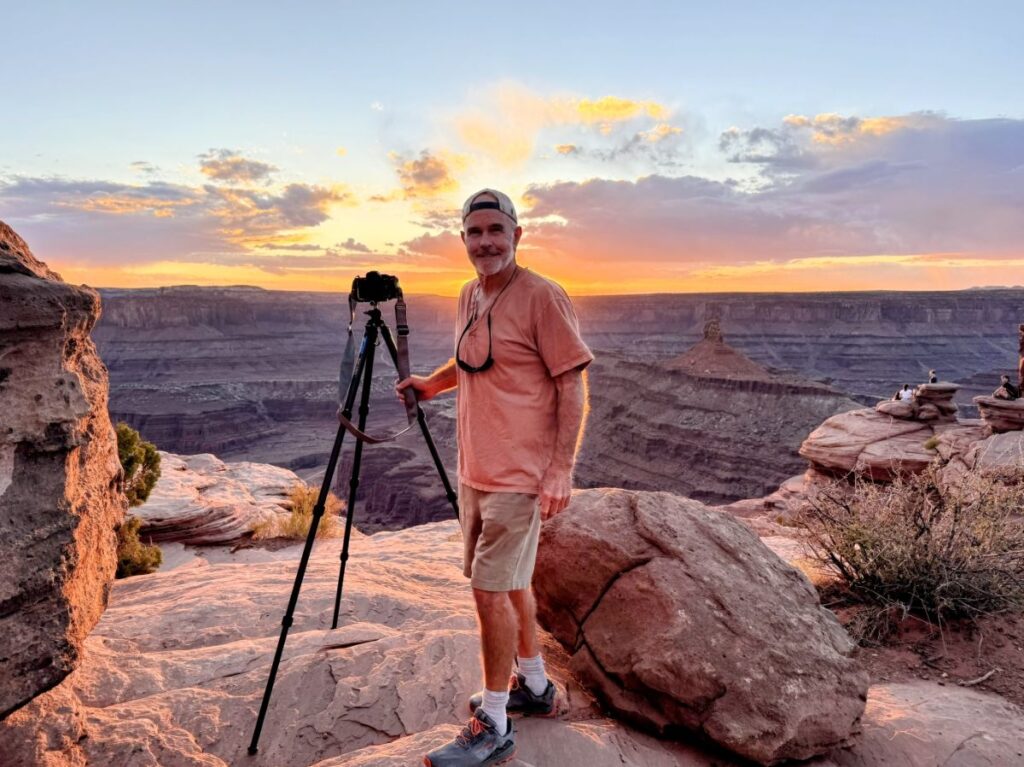
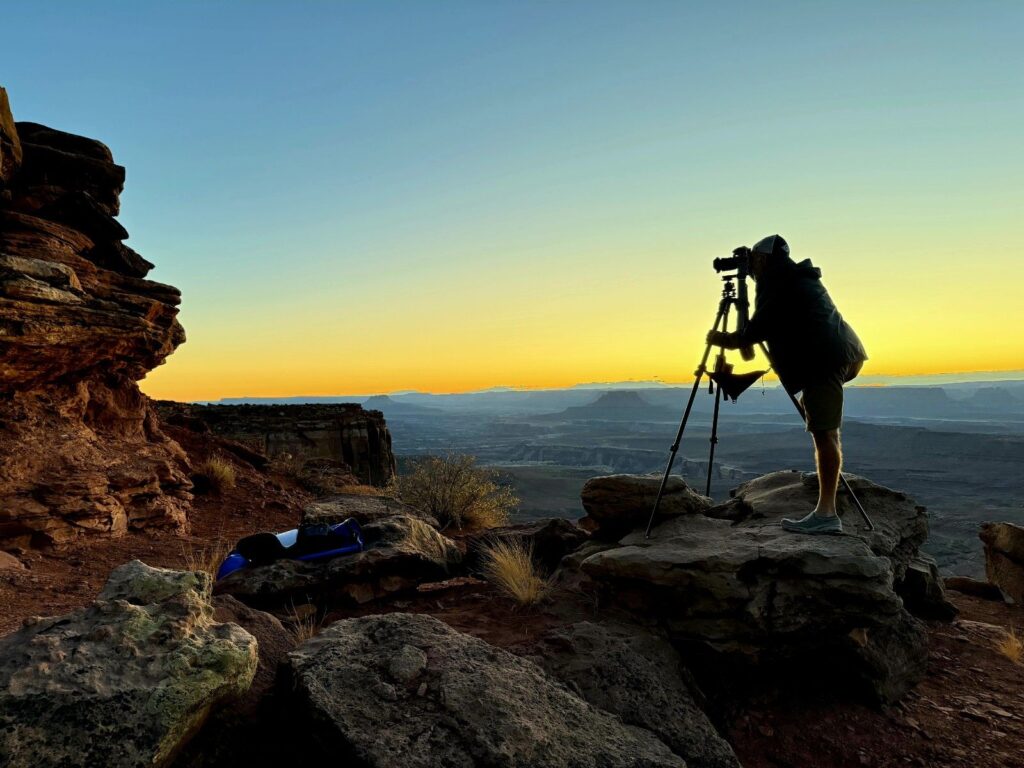
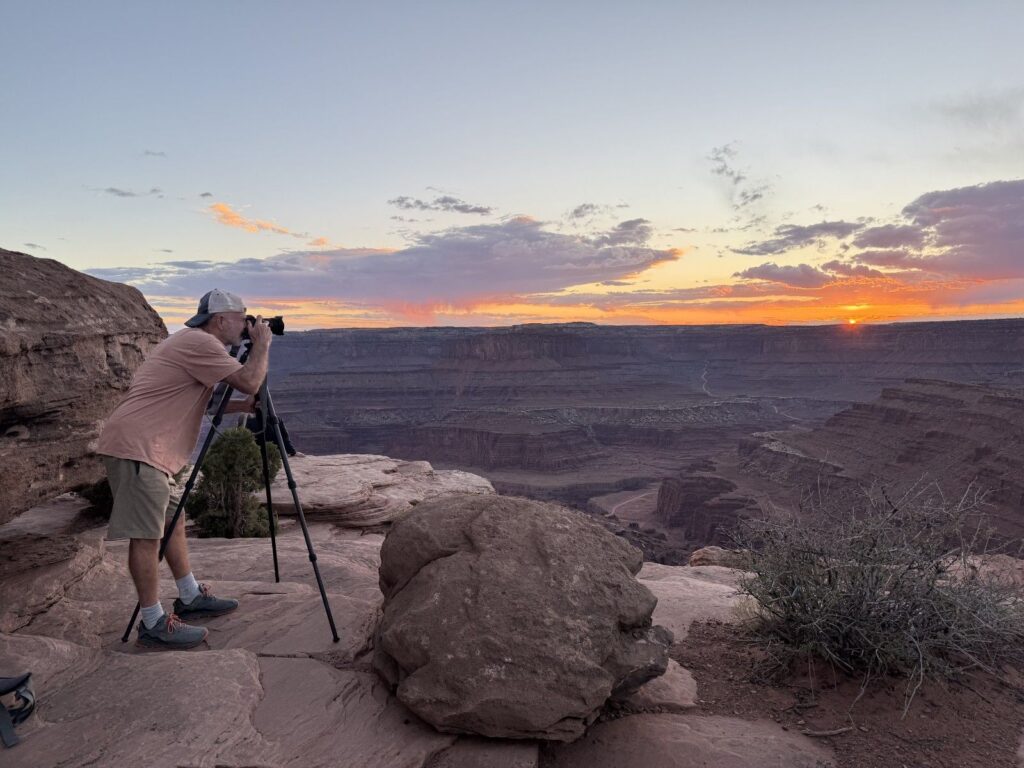
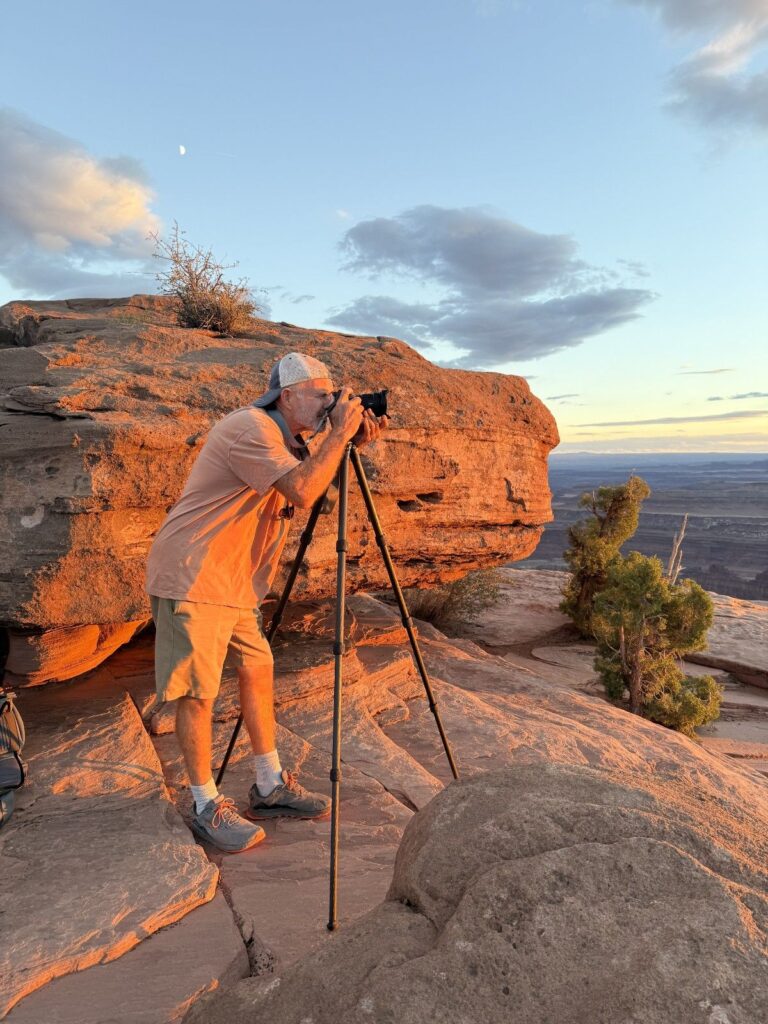
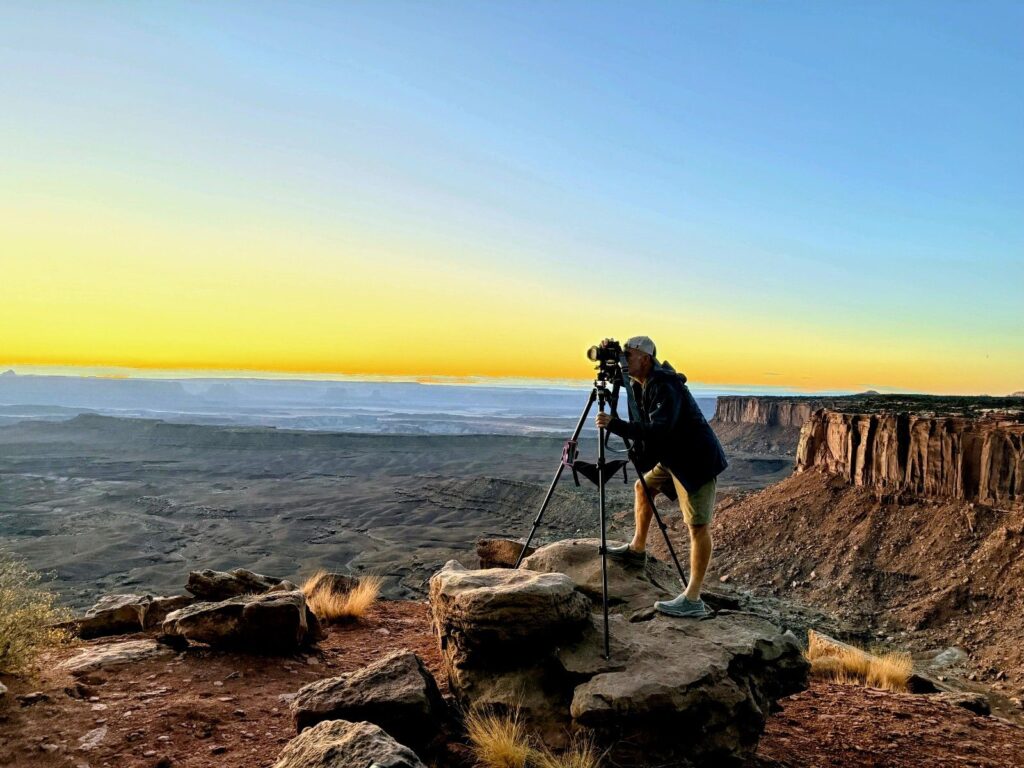
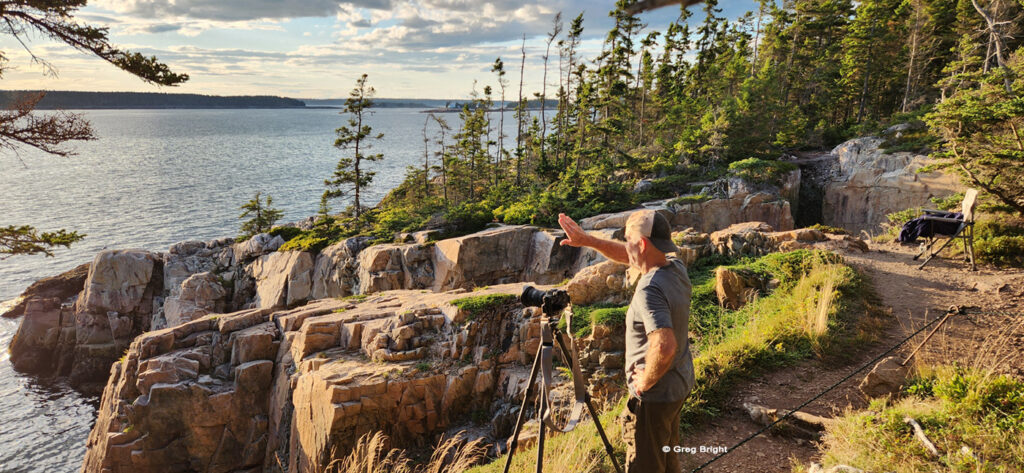

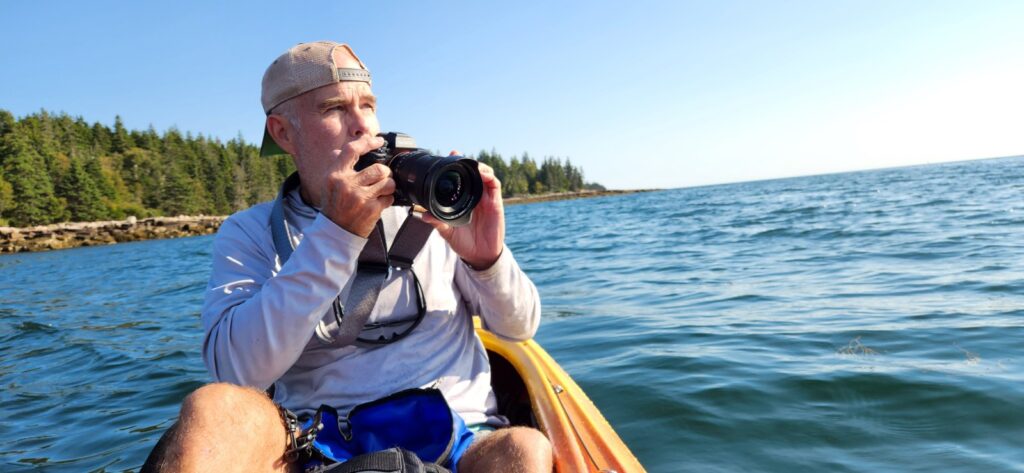
Finding intimate landscapes in remote areas, far away from crowds and off the beaten path gets me up at 4am… or in many cases puts me to bed at 4am… while chasing the best light for my photographs. Whether it’s discovering forest service roads in my 4WD overlander, kayaking into hidden lakes and rivers, or hiking to a remote waterfall. I’ll even break out the mountain bike for quicker access to a hidden gem. Chasing the best light both challenges and excites me.
Seeking The Great Light
Thirty plus years photographing products and editing images for my businesses’ website design has taught me that photography is usually a compromise. That compromise centers around the light that is available in the scene that you are experiencing… Not enough of it – too much of it – too direct – not diffused – the wrong color – too uneven – too dappled – too much variance between the bright and dark areas… and on and on…
This variance between the brightest and darkest areas in a scene is what photographers call Dynamic Range, and this is the most challenging aspect in landscape photography. The human eye has twice the dynamic range of the best camera ever made. Our eyes have evolved to see the obscure details in the dark and bright areas at the same time… even at the subconscious level. The good news is that this detail is there. However, the most advanced cameras in the world can’t detect the details within both of ends of the dark / bright spectrum at the same time within one snapshot.
Camera adjustments exposing the details in the dark areas, only blow out the bright areas to become an indistinguishable, pure white. Conversely, adjusting the settings for the bright areas, turns the dark areas solid black. Of course there are techniques to counter this. For example, taking multiple images from the exact same position on a tripod at different camera settings, then merging them all together in software like Photoshop. This is known as bracketing. However, it’s better to try and capture the best light in the first pace, even when using these multiple image bracketing techniques.
This best light is fleeting, but it is our best shot of capturing as much of these details as possible. Usually… the best light is captured right before the sun comes up, and right before the sun goes down – while most people are either sleeping or enjoying dinner. During imperfect light situations photographers can “do what you gotta do” and compromise their camera settings in order to capture “as best you can”. These compromises don’t always make for the best quality photographs and I haven’t seen any AI tools that can really fix this properly… yet anyway. For sure, these thirty years have taught me one thing… It really is all about the light!
____ My goal for capturing intimate landscapes is to seek the great light and bring these peak experiences to you.
Thanks for visiting,
Greg Bright
